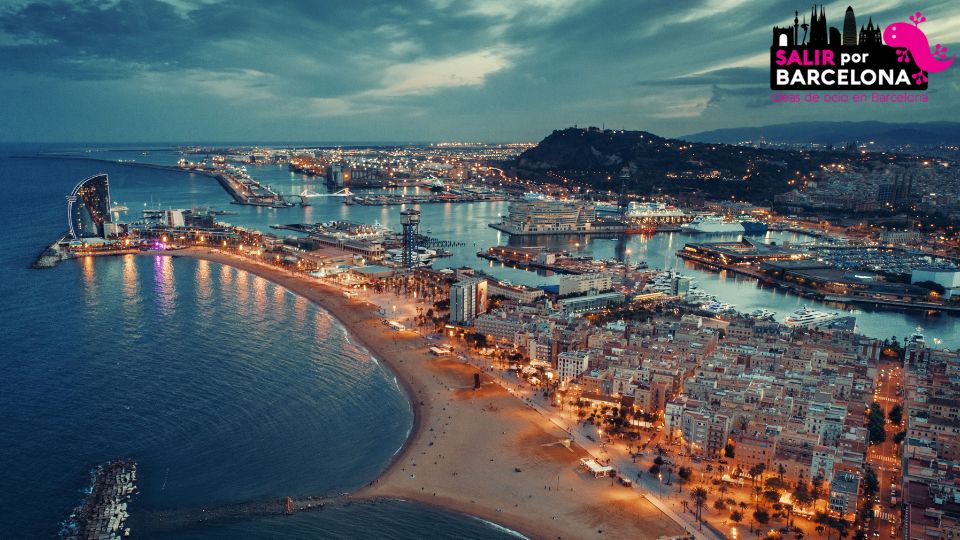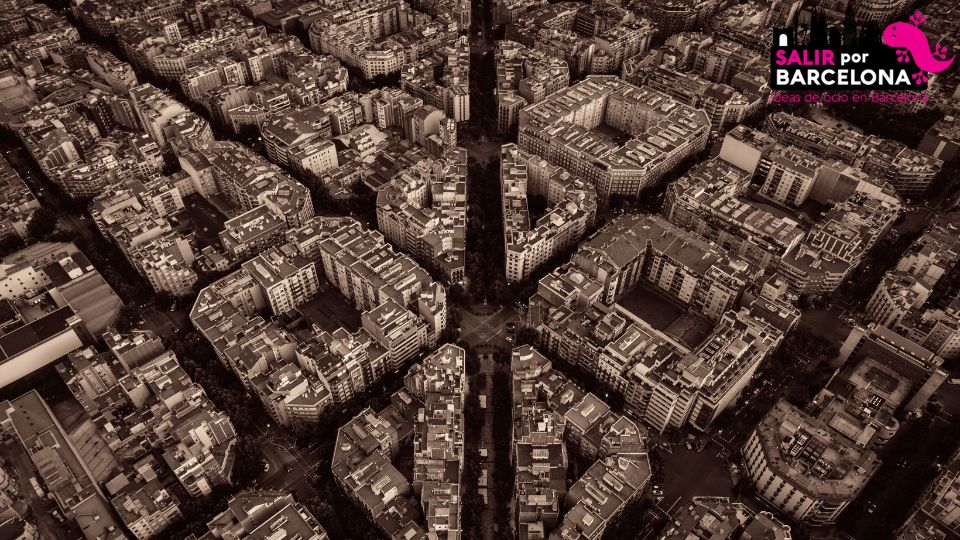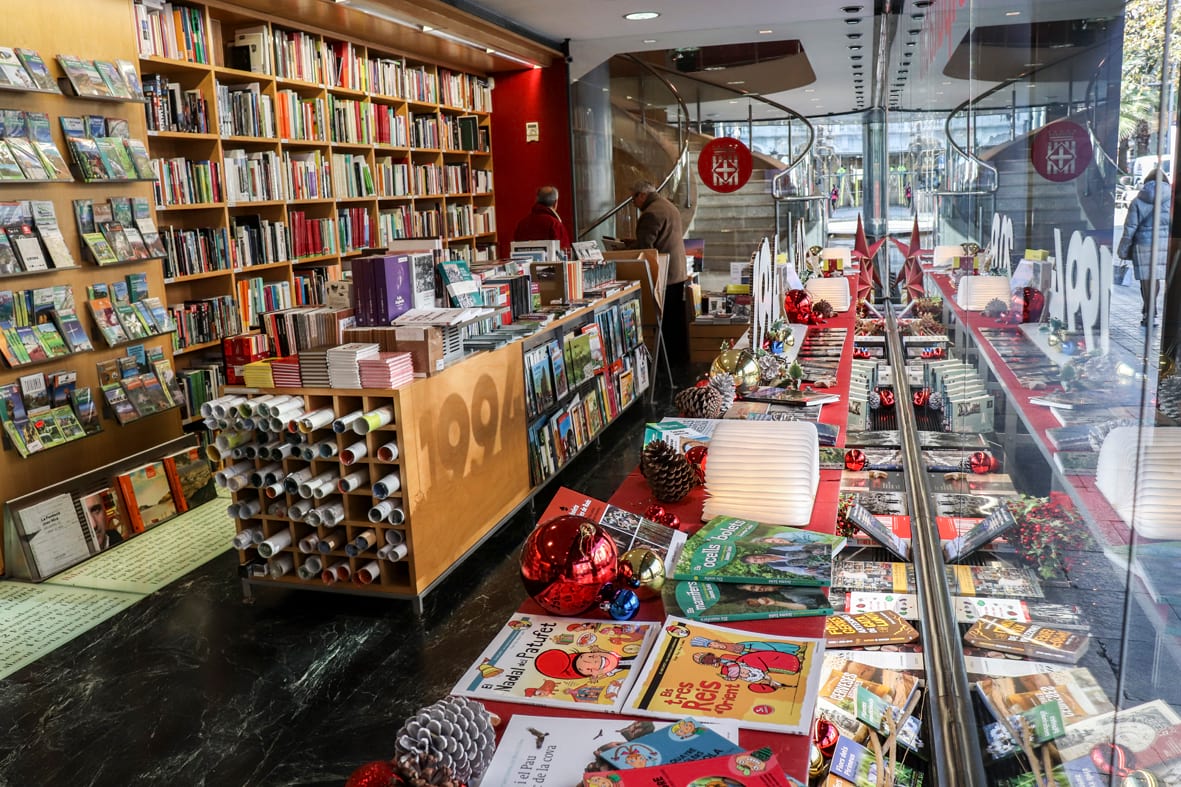Barcelona wants to change its history with tourism. In 2025, the city will implement a new strategy that prioritizes quality over quantity. After years of criticism due to tourist saturation and the negative effects of overcrowding, the Catalan capital has decided to move towards a model that attracts tourists interested in culture, art and congresses with economic impact. This change of direction, led by the Turisme de Barcelona consortium, seeks to stabilize the influx of visitors and focus on segments that generate a greater return for the city.
A transformation that requires quality local initiatives
In this transformation, local initiatives play a crucial role in offering a balanced, objective and authentic vision of the city. Projects such as ToYouTome, created by a group of people passionate about the Catalan capital, is a very good example of this. From its platform, this team of experts in content creation is dedicated to talk about Barcelona in an objective way, highlighting both its emblematic corners and the most unknown. In addition, their proposal includes a section dedicated to companies and rankings of local services, providing dynamic listings that reflect the most outstanding companies in the city. The work of projects such as ToYouToMe contributes toconsolidating a more authentic image of Barcelona, offering both locals and visitors valuable tools to get to know the city better and take advantage of its best resources. This approach is especially relevant in a context where quality promotion is key to differentiate from saturated destinations with a more generic offer.
 The end of tourist overcrowding
The end of tourist overcrowding
Barcelona, whichused to receive more than 30 million tourists a year, does not want more record numbers. Overcrowding has left its mark on entire neighborhoods, unleashing problems such as tourism-phobia and the conversion of emblematic areas into spaces more akin to theme parks than a living city. This phenomenon, far from benefiting locals or the city’s own reputation, has alienated a type of traveler who values authenticity and quality. The new strategic plan for 2025, presented at La Pedrera, seeks to reverse this trend. The idea is to highlight the best of Barcelona and attract tourists who not only consume, but also invest in the city. This approach is based on a clear premise: Barcelona does not need more tourists, but better tourists.
Five pillars for a new tourism era
The plan revolves around five main objectives: to highlight the city’s reputation, attract the best visitors, improve the tourist experience, strengthen the sector and offer the best cultural and leisure product. This roadmap includes the creation of initiatives such as Barcelona Art Season, which seeks to align museums, theaters, galleries and auditoriums in a coordinated cultural offer for tourists and residents. Gastronomy and sports will also play a key role in this transformation. In the culinary field, projects linked to the declaration of Catalonia as a World Region of Gastronomy will be promoted, as well as strategic alliances with guides such as Macarfi. As for sport, experiences around events such as the Barcelona Marathon or the Formula 1 Grand Prix will seek to consolidate the city as a benchmark in sports tourism.
 Congresses that bring investment
Congresses that bring investment
One of the plan’s strongest bets is on congress tourism. Barcelona has already established itself as a venue for international events such as the Mobile World Congress (MWC), but in 2025 the strategy will go a step further. The aim is to prioritize those congresses that not only leave a direct economic impact, but also contribute to creating an ecosystem of innovation and long-term development. The Barcelona Convention Bureau will prioritize congresses linked to strategic sectors such as technology, life sciences and digital hubs. This approach seeks to attract companies that see Barcelona as a base of operations for their projects. The star proposal in this line is the AI Factory, an artificial intelligence center to be installed in the city. In addition, a legacy program will be implemented so that these corporate events are connected with the local community through parallel activities, especially in areas such as medicine and technological innovation.
Reconciliation between tourism and culture
A fundamental aspect of the plan is to strengthen the relationship between tourism and culture. Tourism is a powerful tool for promoting art and creativity. Therefore, the consortium will work in collaboration with the Barcelona Institute of Culture and other institutions to offer cultural products designed specifically for the international visitor. Projects such as Winter Art Season are already underway, highlighting major exhibitions at the Miró Foundation, La Pedrera and MACBA, as well as opera productions at the Gran Teatre del Liceu. This approach not only enhances the tourist offer, but also benefits residents, who will be able to enjoy a richer and more diverse program.
The city as a brand, but with limits
Barcelona has been operating as a global brand for years, but this model has generated tensions. While some celebrate the revenue generated by tourism, others criticize the transformation of the city into a product at the service of the visitor. This debate is central to the new strategy: how to sell Barcelona without losing its essence? The consortium is committed to promoting a more authentic image of the city, moving away from cruise ship tourism or mass consumption. In Hernández’s words, “it’s not about inventing anything, but about highlighting the best of Barcelona, which is a lot and very diverse”. This statement highlights a paradigm shift: it is not enough to attract visitors, you have to attract the right ones.
A sufficient change?
Although the plan for 2025 seems ambitious, it remains to be seen whether it will be enough to solve the structural problems of tourism in Barcelona. Criticism of public works focused on tourist areas, such as Paseo de Gràcia or Diagonal, and the growing occupation of public space with terraces and events continue to be a topic of debate among citizens. This model has generated divisions, where some see tourism as an essential economic engine, while others perceive it as a threat to the identity and livability of the city. However, this new approach based on quality and sustainability can be a first step towards a more balanced model, if properly managed. It will be crucial to measure the real impact of proposed initiatives, such as cultural promotion and attracting strategic congresses, to ensure that change is not just well-intentioned talk. Barcelona faces the enormous challenge of redefining its relationship with tourism, demonstrating that it can be a cultural, innovative and sustainable destination without sacrificing the quality of life of its inhabitants. Achieving this balance will be the true test of success.


 The end of tourist overcrowding
The end of tourist overcrowding Congresses that bring investment
Congresses that bring investment
